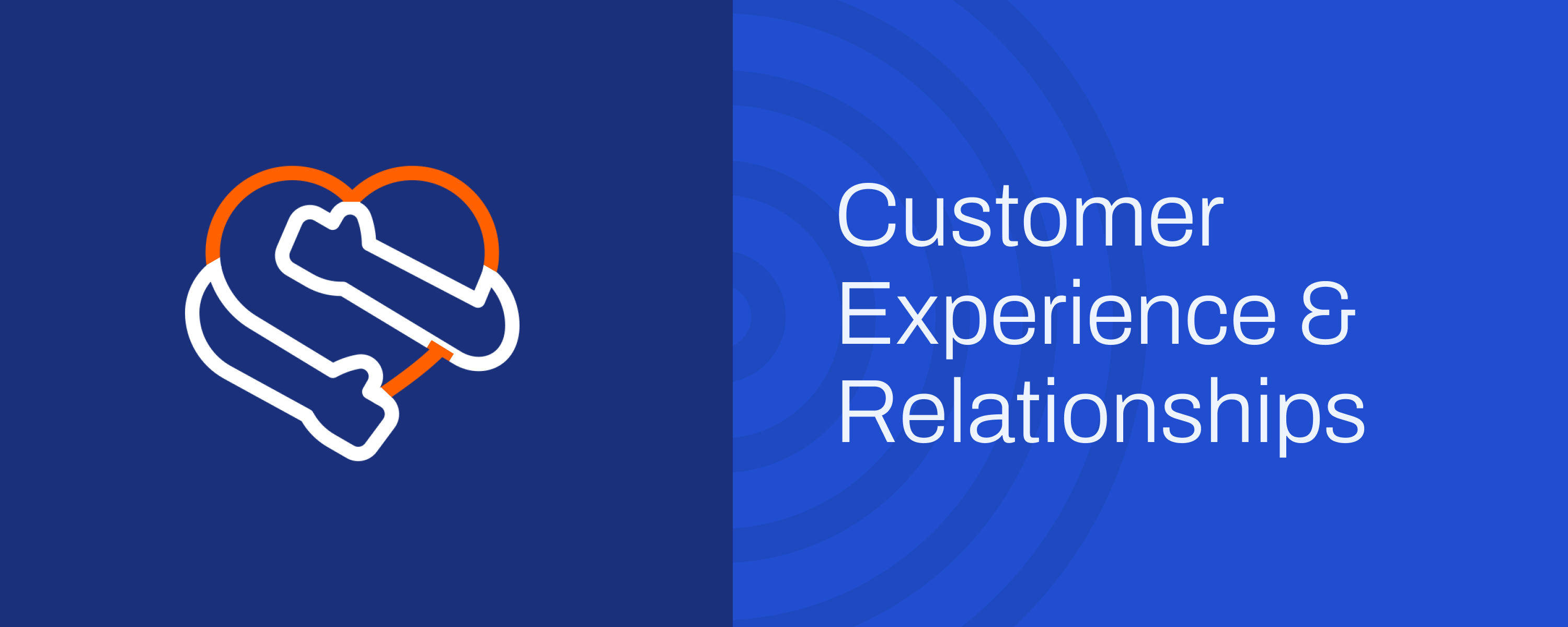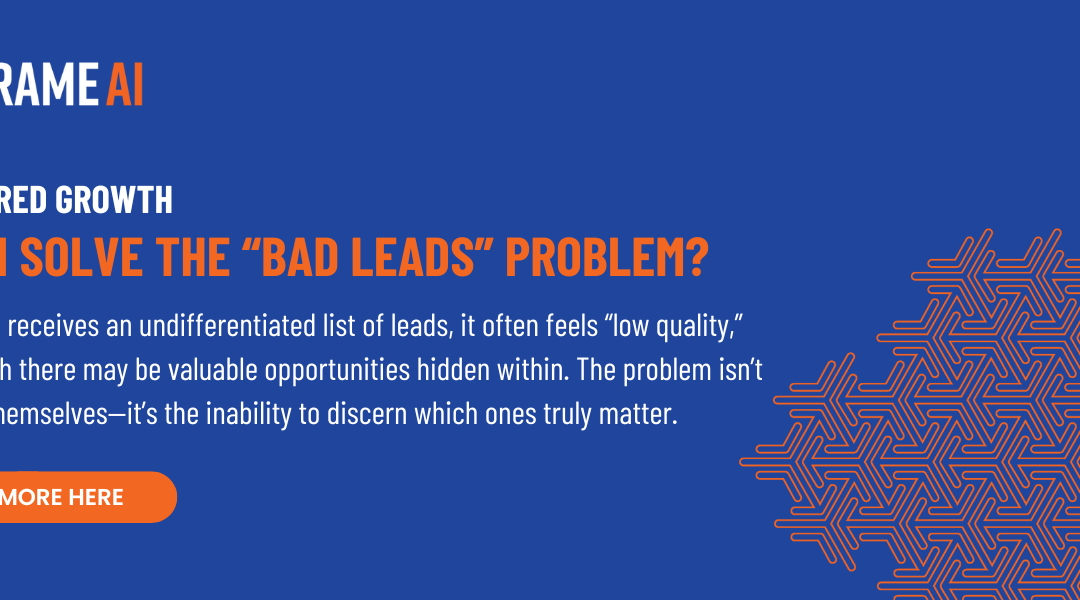The stakes for customer experience are only getting higher. According to Zendesk, 61% of customers would now defect to a competitor after just one bad experience. That’s a 22% jump from the previous year. Make it two negative experiences, and 76% of customers are ready to say goodbye.
For many companies, Support interactions represent a precious few opportunities to develop a human connection with customers – and it’s critical to set the right tone with what you say and do.
We recently shared 5 data-backed tips for what to say in Support interactions. Here, we highlight 5 everyday actions Support agents take that can make a world of difference. We analyzed millions of Support cases to examine their impact on everything from customer satisfaction to case re-open rates. Here are 5 things that customer whisperers *do. *
**1. Share the help article in a way that says, “Not judging you” **
Help articles help customers answer simple questions so that you can spend your time assisting them with more complex issues.
However, it can be dangerous to assume that the instructions in the article are clear or that the solution begins and ends with the help article. Especially when it’s likely that your help articles are already widely used —according to Salesforce, 89% of millennials use a search engine to find answers before making a call to customer support.
So when a customer reaches out to you with a question, and you know there’s a help article about the same topic, what do you do?
You could A) reference the help article and send it along, B) answer the question directly, or C) do both.
If you’re looking to boost your customer satisfaction scores, option C) is your best bet. When agents answer questions in their own words and share complementary resources, interactions see the highest organic customer satisfaction scores.

And even better? Interactions where agents pursue option C) have a nearly 70% lower average case re-open rate than cases where agents picked options A) or B).

Why? When you simply send the help article, It’s easy to sound dismissive or make your customer feel like they’ve stepped out of line (when there’s a good chance they have seen it and didn’t find it helpful.) You could also unwittingly give the impression that they’re not worth your time and you just want to get on with your day.
Option C) builds goodwill between the customer and you as an individual and the company that has invested in resources to empower their success.
2. Hang out while the customer tries the workaround
You’ve just finished explaining the perfect workaround (Nice job — the case is now 32% less likely be re-opened).
Now what? Do you wish the customer luck and move on, or stick around? What if it’s going to take them a little bit to complete?
Spending some extra time (within reason, of course) with a customer while they follow your lead is worth its weight in sterling KPIs — specifically, a 67% higher organic customer effort score. That can make the difference between a score of 3 and 5.
It shows the customer that you feel personally accountable for their success and makes you feel like an extension of their team. In fact, according to Statista, one-third of all customers say it’s most important to them to solve their problem in a single interaction, regardless of the amount of time it takes.

3. Play tag instead of telephone when it counts
Think about all of the times you didn’t know the answer to a question and had to get some help from a subject matter expert (“SME”).
There are two ways to go about this — you could (1) play telephone and relay updates between the SME and the customer, or (2) tag in an SME and bring them into the conversation.
It’s perfectly OK to play telephone, as long as you are indeed giving proactive status updates (more on that here — see #3.) But companies that can spare the capacity to bring in SMEs when it counts reap the rewards of their extra effort.
When agents bring SMEs into customer interactions, escalation rates drop a whopping 77%. Why? Because you’re showing the customer that your entire organization cares about solving their problem. You’re effectively preventing escalations.

Rather than waiting for a fire drill, preventing escalations means you can get ahead of customer expectations. It means going the extra mile now while the ROI on the gesture is much higher than it would be if you waited too long to do the same thing. We also see up to an 18% boost in Organic Promoter Scores.

High-performing Support teams are catching on. Gartner says that by 2023, 30% of customer service organizations will deliver proactive customer services using AI-enabled process orchestration and continuous intelligence.
Analyzing recent cases with AI can help you execute this for the win — you’ll identify the types of interactions most likely to escalate to predict future occurrences and clearly define the scenarios where you’ll want to bring in an SME.
4. Share your contact information for future follow-ups
OK, this is a bit of a trick since agents don’t really do this. Most Support organizations rely on processes that make this infeasible. But hear me out.
When cases are especially complex, customers are more likely to ask to get back in touch with the same individual (provided things went well.) You’ve been in the trenches with this person, built rapport, and earned their trust. So why shouldn’t they want to work with you again?
While it may not be possible to get back in touch with you again (however fabulous you were), this dynamic is an excellent argument for more intelligent case routing. Many Support organizations have some basic skills-based routing, but high-performing teams are upgrading to outcomes-based routing.
Outcomes-based routing means your routing logic considers the outcomes of past cases with specific customers. So you’ll connect customers to agents with the right expertise for their case, but there’s a higher likelihood that they will be re-connected to agents who have been especially valuable to them in the past.
Analyzing your Support cases with AI can help you facilitate more intelligent routing that increases speed to resolution by 15-20%.
5. Don’t insist on one issue per case
It’s tempting to allow customers one issue per ticket. It’s straightforward, easy to track, and avoids giving your squeaky wheels too much air time. We’re big believers in efficiency, but not at the expense of your customer experience — efficiency canand shouldbe a win-win for your team and your customers.
Many customer issues are messily intertwined and likely to surface in the same case. Restricting to one issue per case means you miss out on an opportunity to discover important context about how they’re related.
Plus, it’s not the greatest way to show your customers that you value their time. According to Forrester, 73% of customers say that valuing their time is the most important thing companies can do.
Using natural language AI to detect themes is a great way to identify separate issues that emerge in the same conversation. And when you’re identifying different issues, you can then understand each theme’s impact on customer sentiment, customer effort, and cost of service.
As you might expect, cases with more than one topic typically have longer resolution times. But they also are 3x more likely to have very high organic customer satisfaction scores.

But worse, you’re missing an opportunity to talk to your customers. Access to your customers is a unique and hard-won opportunity that can be managed strategically, not just endured. In fact, Gartner predicts that by 2025, 40% of customer service organizations will become profit centers by becoming de facto leaders in digital customer engagement.




